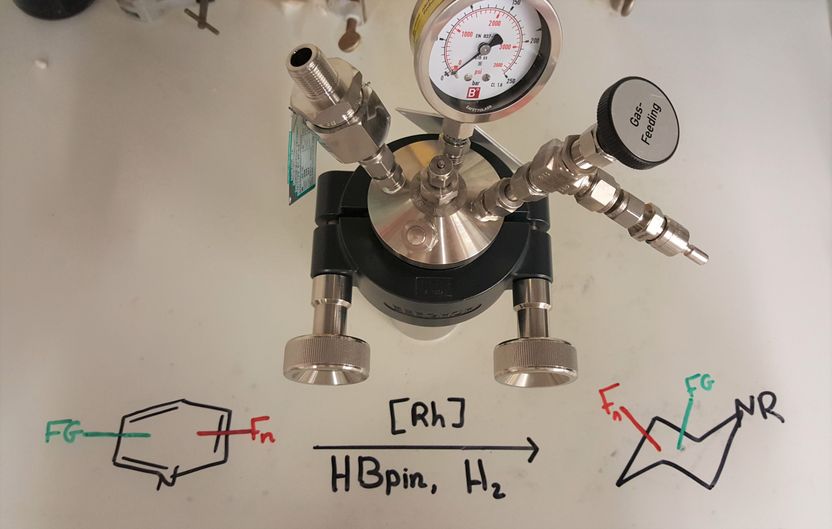Smart polymers: Complex matter where simplicity matters
Physicists at the Max Planck Institute for polymer research (MPI-P) in Mainz unveil the microscopic mechanism behind the puzzling co-non-solvency effect that leads to smart polymer collapse in a mixture of good solvents.
MPI-P scientists Kurt Kremer and Debashish Mukherji, together with their collaborator Carlos Marques from the French Centre national de la recherche scientifique (CNRS), propose a novel framework to understand the solubility of smart polymers in solvent mixtures. Combining “generic” molecular simulations with analytical theory, they solve a long standing question to explain the microscopic mechanism behind smart polymer collapse in mixtures of good solvents. Their results and findings are published in the most recent issue of the scientific journal “Nature Communications”.
Smart polymers are a modern class of polymeric material: they can be both artificial and produced by chemists or natural, as is the case for peptides. They exhibit a wide range of exotic and unpredictable behaviors when dissolved in mixed solutions. For example, while water and alcohol are well miscible and, individually, good solvents for several smart polymers, the latter precipitate in water-alcohol mixtures. The intriguing behavior of solvent mixtures that cannot dissolve a given polymer, when the same macromolecule dissolves well in each of the cosolvents, is termed as co-non-solvency. Thus far the understanding of this effect is a matter of intense debate and, as such, it has eluded any generic explanation. Combining molecular dynamics simulations and analytical theory, they show that the co-non-solvency effect is a generic (independent of chemical details) phenomenon. Their findings suggest that when a polymer is dissolved in a mixture of solvents, such that one of the (co)solvents likes the polymer even more than the other, this co-non-solvency effect can be observed. Therefore, a broad range of polymers are expected to present similar reentrant behavior.
One of the most intriguing findings of this work is that a polymer collapses even when the solvent quality becomes better-and-better by the addition of the better cosolvent, making the polymer conformation independent of the solvent quality. “This decoupling of solvent quality and polymer conformation is unexpected and new, opening interesting views for instance on the solution processing of polymers or biomedical applications such as pharmaceutical encapsulation” explains Kurt Kremer, director at the Max Planck Institute for Polymer Research.
These results not only provide the microscopic understanding of the co-non-solvency effect, but they also open new perspectives towards an operational understanding of macromolecular solubility within a simplified computational and/or theoretical framework.
Original publication
Debashish Mukherji, Carlos M. Marques, and Kurt Kremer; Polymer collapse in miscible good solvents is a generic phenomenon driven by preferential adsorption; Nature Communications (2014)
Original publication
Debashish Mukherji, Carlos M. Marques, and Kurt Kremer; Polymer collapse in miscible good solvents is a generic phenomenon driven by preferential adsorption; Nature Communications (2014)
Organizations
Other news from the department science
These products might interest you

Eclipse by Wyatt Technology
FFF-MALS system for separation and characterization of macromolecules and nanoparticles
The latest and most innovative FFF system designed for highest usability, robustness and data quality

HYPERION II by Bruker
FT-IR and IR laser imaging (QCL) microscope for research and development
Analyze macroscopic samples with microscopic resolution (5 µm) in seconds

Get the chemical industry in your inbox
By submitting this form you agree that LUMITOS AG will send you the newsletter(s) selected above by email. Your data will not be passed on to third parties. Your data will be stored and processed in accordance with our data protection regulations. LUMITOS may contact you by email for the purpose of advertising or market and opinion surveys. You can revoke your consent at any time without giving reasons to LUMITOS AG, Ernst-Augustin-Str. 2, 12489 Berlin, Germany or by e-mail at revoke@lumitos.com with effect for the future. In addition, each email contains a link to unsubscribe from the corresponding newsletter.



























































